As the screen adaptation of Vikram Seth’s A Suitable Boy made its way to Netflix, the jury was out on whether or not it did justice to the classic. While we were left unimpressed with the loosely held characters and the foreign understanding of the Indian landscape, many have even criticised it for the dialogues.
There is no denying that adapting classics/bestsellers is tricky because comparison is guaranteed. But what makes this even more challenging is the interpretation and the director’s vision which may or may not align with how the readers imagined it to be. Let’s go down memory lane and look at movies made on popular books and what we thought of them.
1. Harry Potter
Rate-o-meter: Nah!
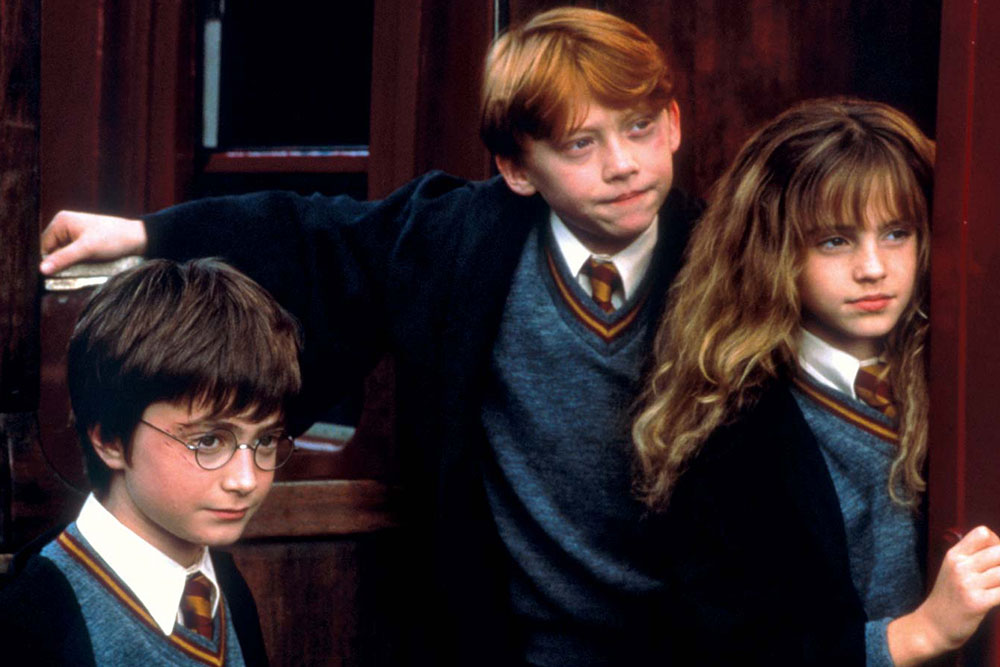
There is little doubt that JK Rowling, through the Harry Potter series, introduced the world to the magic of magic. The grandeur of Hogwarts, the otherworldly locations and sheer camaraderie of the lead characters, along with the mystical elements, transported readers to a never-seen-before territory. Then came along the film, and though made Daniel Radcliffe, Emma Watson, and Rupert Grint teen sensations, for the most part, we were left disappointed. The devil is in the details, isn’t it?
2. Little Women
Rate-o-meter: Yah!
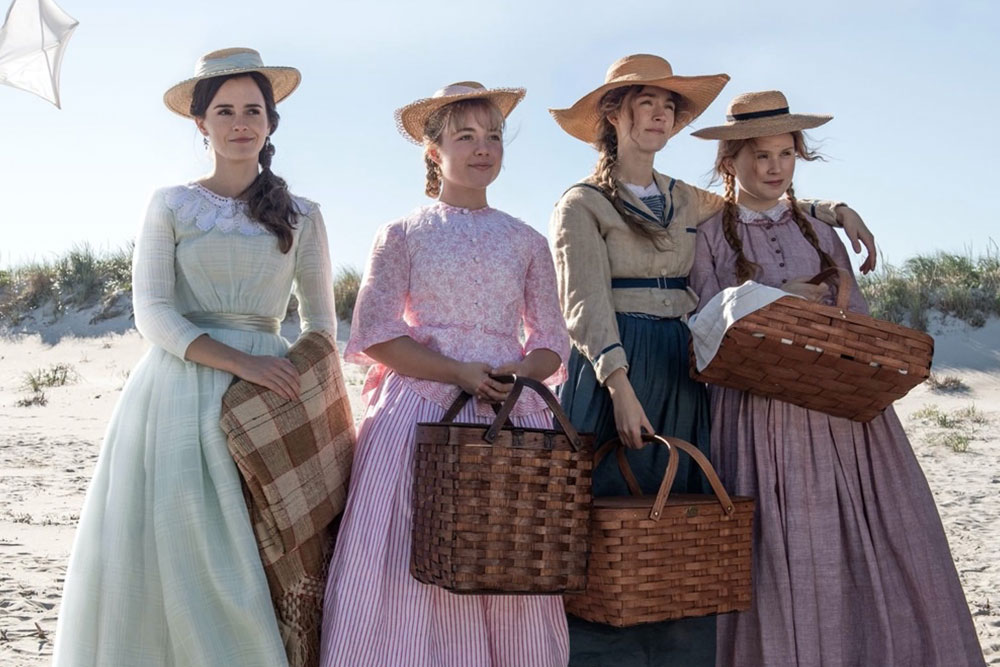
Set in the 1800s, the book by Louisa May Alcott follows the lives of four sisters—Meg, Jo, Beth, and Amy—and details their passage from childhood to womanhood. The beauty of the story lies in the sisters swimming against the tide and retaining their own, an aspect unheard of at that time. As for the film, right from the get go, the audience is made aware of the prejudices they are up against. Remember the premiere scene where Jo (Saoirse Ronan) walks up to a newspaper editor’s office to sell a story? Each sister takes a different path, but the depiction stays true to the challenges of the time, which makes this one an endearing watch.
3. Pride and Prejudice
Rate-o-meter: Nah!
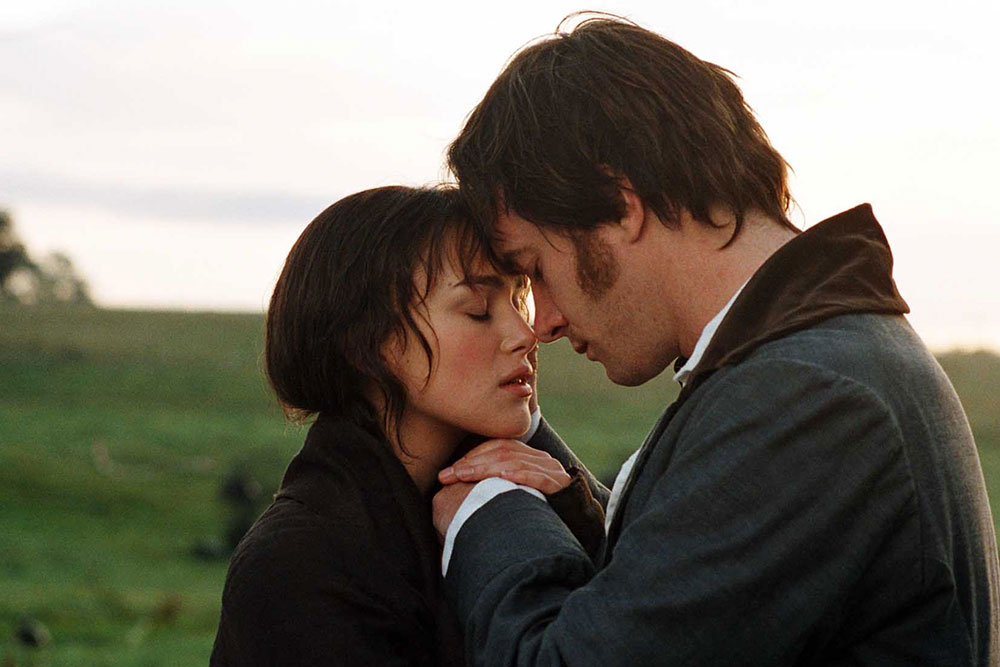
“It is a truth universally acknowledged, that a single man in possession of a good fortune, must be in want of a wife.” If one mentions the most memorable lines from classics, can this one ever be ignored? This novel centres on two headstrong individuals Elizabeth Bennet (Keira Knightley) and Mr Darcy (Matthew MacFadyen), who after initially disliking each other give in to love. No matter the circumstances, one is bound to root for this rather fitting union. In the film, that’s what we set out to do. And there is no doubt that Knightley’s compelling portrayal of Elizabeth sets the audience out in the right direction. However, as the movie progresses, one ends up missing the textural nuances that shone between the pages.
4. Gone With The Wind
Rate-o-meter: Yah!
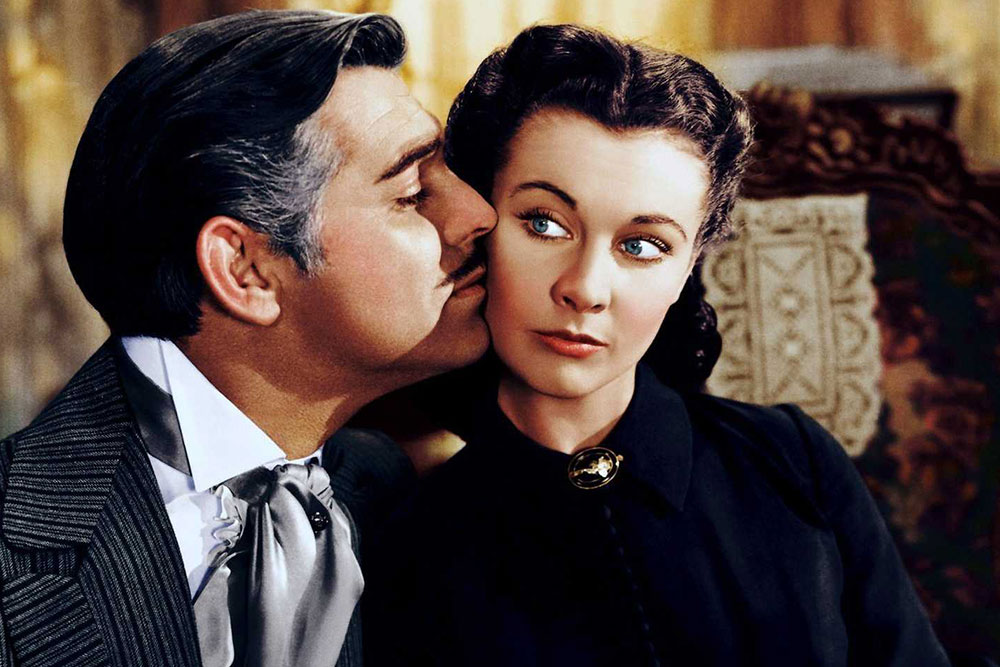
There are few that manage to impress bibliophiles around the world over, and this screen adaptation is one of them. Hands down, a case of casting done right. The leading roles, played by Vivien Leigh (Scarlett), Clark Gable (Rhett), Leslie Howard (Ashley), and Olivia de Havilland (Melanie), lend the storyline the depth and sensitivity it requires, while staying true to the individuality of each. Add to the retelling,the cinematography, costume designs, and the set, and you’ve got yourself a visual spectacle!
5. High Fidelity
Rate-o-meter: Yah!
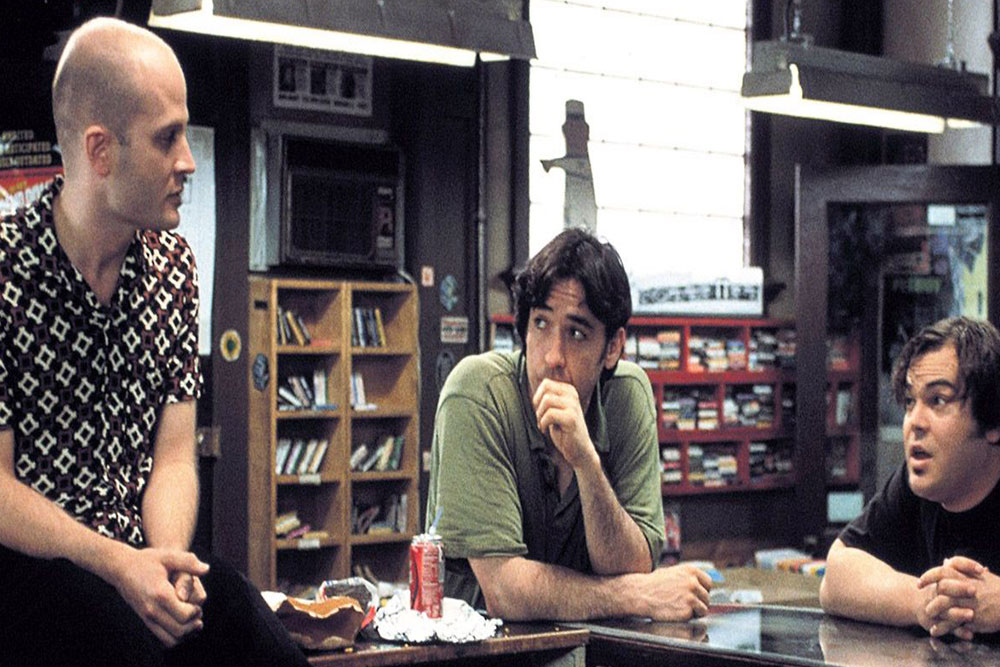
This one’s again a case of casting right. As opposed to the book, the protagonist has moved from London to Chicago and the name of the lead character stands changed in the film, but it stands all against its reference material. John Cusack amps up the visual experience by perfectly depicting a neurotic, confused character whose only aim is to win his girlfriend back. What also is a win for the screen adaptation is the sensitivity with which it deals with the complexities of relationships. No wonder the author of the book, Nick Hornby, after seeing the film had said, “At times, it appears to be a film in which John Cusack reads my book.”
6. Rebecca
Rate-o-meter: Yah!
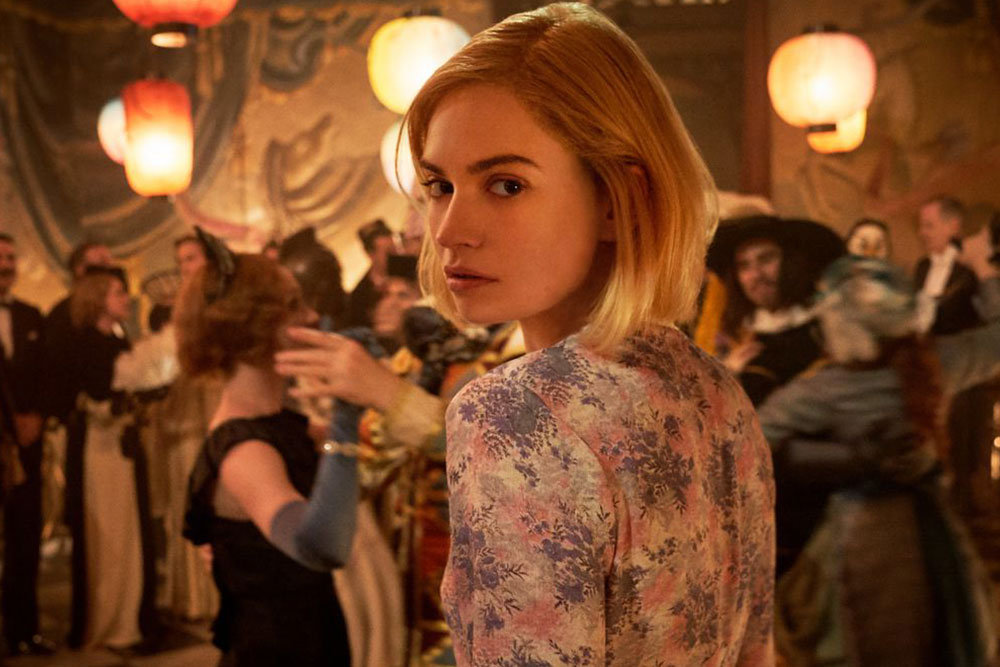
The cinematic retelling of Daphne du Maurier’s Rebecca has seen not one, but two screen adaptations, both with their own unique depiction of the 1938 Gothic novel. First, Alfred Hitchcock’s adaption (1940) took the story to whole new heights of intrigue and sinister as seen in his representation of the late Mrs De Winter—Rebecca, and her ominous presence in Manderley. The 2020 screen adaptation by Ben Wheatley is equally rife with jealousy, manipulation, and menace—as witnessed by the new Mrs De Winter who is crumbling under the pressure of having to live up to the late Mistress of Manderley, and fill her shoes. Ultimately, while the book may have left you with a strange aftertaste, both films succeed in capturing the unnamed protagonist’s ordeal and her disintegrating sense of self-worth (Hitchcock’s rendition far more than Wheatley’s).
7. The Shining
Rate-o-meter: Yah!
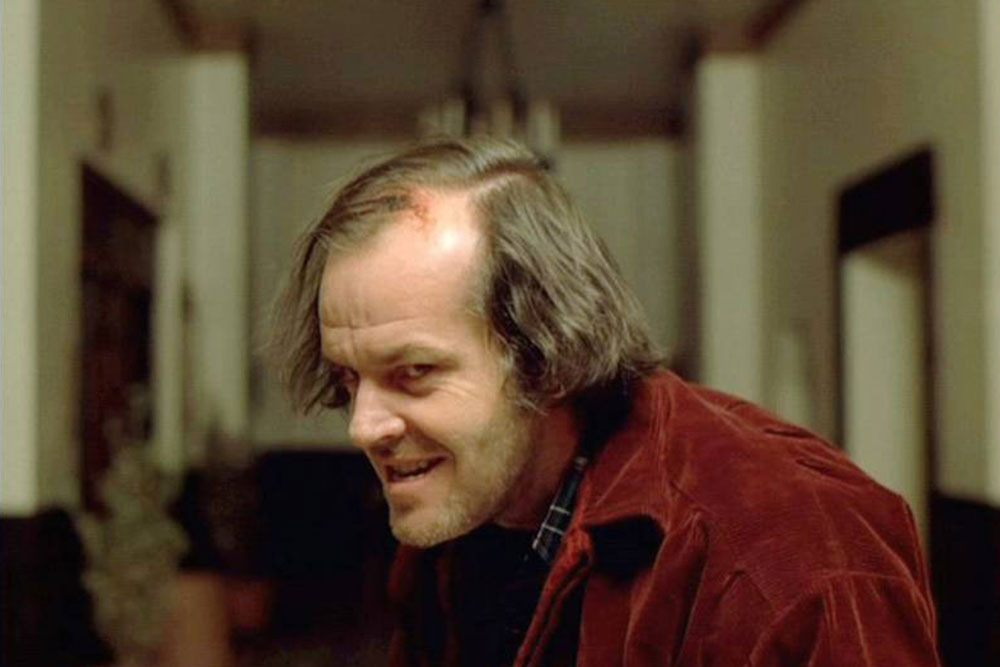
Stephen King’s 1977 novel, The Shinning was adapted into a feature film by Stanley Kubrick (A Clockwork Orange, Eye Wide Shut) in 1980, and starred Jack Nicholson. Of course, the film doesn’t need any introduction considering the famous, “Here’s Johnny!” like that’s been burned into our brains. However, while both the film and novel work well in their own rights, Kubrick’s venture took the storyline in a different direction, something King wasn’t too happy about. In fact, Kubrick’s retelling of the film is one of the most celebrated adaptations despite King’s and Kubrick’s creative differences. If truth be told, had King managed to get his way, the film would have resulted in a rather mediocre outcome, something the writer witnessed with his very literal television adaptation in 1997. This begs the question: Is what’s right for a book always right for a film? Love it or hate it, this wasn’t ‘Redrum’ in our books!